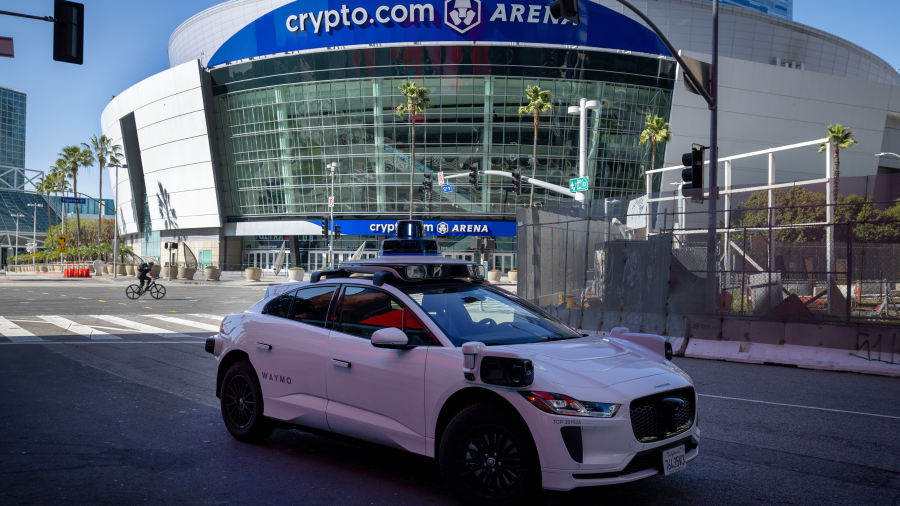LOS ANGELES — Robotaxis will begin cruising the streets of Los Angeles on Thursday when Google spinoff Waymo starts offering free rides to some of the roughly 50,000 people who have signed up for its driverless ride-hailing service.
Waymo is expanding into Los Angeles, the second largest U.S. city, seven months after California regulators authorized its robotaxis to begin charging for around-the-clock rides throughout San Francisco. That came despite objections from local officials who asserted the driverless vehicles posed unacceptable risks to public safety.

Although Waymo isn’t charging for rides in its robotaxis in Los Angeles to start, the company said in a blog post announcing the expansion that it will eventually collect fares from passengers there too.
Waymo also hopes to begin commercial operations in Austin, Texas, later this year, a goal that makes its robotaxi service available in four major U.S. cities 15 years after it began as a secret project within Google. Waymo’s robotaxis have been charging for rides in Phoenix since 2020.
For now, Waymo’s free rides in Los Angeles will cover a 63-square-mile (101-square-kilometer) area spanning from Santa Monica to downtown.
Waymo is launching operations in Los Angeles two weeks after the California Public Utilities Commission approved the expansion in a decision that once again overrode the concerns of city transportation officials about robotaxis coming to sudden stops that block roads and the potential for driverless vehicles to malfunction in more serious ways that could jeopardize lives.
The worst fears about robotaxis were realized in San Francisco last October when a vehicle operated by Cruise, a driverless ride-hailing service owned by General Motors, dragged a pedestrian who was hit by another car operated by a human for 20 feet (6 meters) while traveling at roughly 7 mph (11 kph) before coming to a stop. The incident resulted in California regulators suspending Cruise’s state license and triggered a massive shakeup at that service.
Waymo’s robotaxis so far haven’t been involved in any major accidents.
